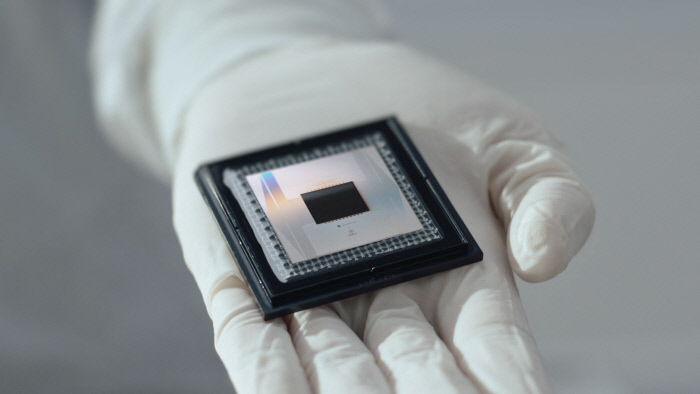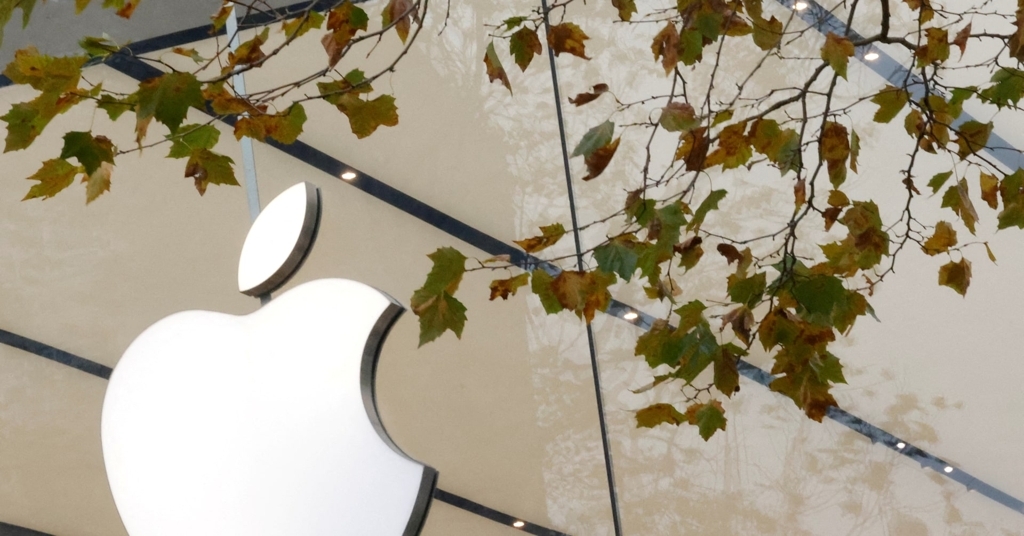Google's Willow Quantum Chip Revolutionizes Computing Power
Explore how Google's Willow quantum chip is transforming computing by solving complex problems in minutes and unlocking revolutionary applications across industries.

Key Points
- Google
's Willow quantum chip can solve problems in minutes that would take supercomputers billions of years, showcasing exceptional computational power.
- The chip achieves reduced error rates as qubit numbers increase, marking a significant milestone in overcoming challenges in quantum computing.
- While practical applications for Willow are still years away, its development opens new possibilities in fields like medicine and material science.
The world of computing is on the brink of a transformative leap, thanks to Google's recent announcement regarding their groundbreaking quantum chip, Willow. By managing to solve complex computational problems in mere minutes—challenges that would take traditional supercomputers an unfathomable span of time, exceeding even the age of the universe—Google has etched its name into history. This unparalleled advancement not only marks a significant milestone for quantum computing but also paves the way to revolutionizing industries such as medicine, finance, and materials science.

A New Era of Quantum Computing
At the heart of this innovation is the Willow chip, which employs a sophisticated use of qubits—quantum bits that can exist in multiple states simultaneously, unlike traditional bits that are strictly 0 or 1. Google’s engineers have developed a method whereby error rates actually decline as the number of qubits increases. This represents a fundamental shift in overcoming a persistent hurdle in the field: ensuring reliability in quantum computations.
Historically, as more qubits were utilized, the risk of error also escalated, making practical applications of quantum computing challenging. However, Willow has demonstrated the groundbreaking capacity to perform calculations with consistently lower error rates as the qubit count climbs, a feat that has eluded researchers for nearly 30 years.
The Stellar Performance Metrics
To put Willow's performance into perspective, Google showcased its ability to tackle a benchmark computation in about five minutes. In contrast, the most advanced supercomputers would need an estimated 10 septillion years to achieve the same task. Such metrics not only spotlight the potential speed of quantum computing but also highlight the exponential power that quantum algorithms could harness in solving real-world problems.
This extraordinary speed opens the door to applications that were previously deemed impossible, from drug discovery that could revolutionize healthcare to modeling nuclear fusion for sustainable energy solutions. These innovative possibilities underscore why leading tech visionaries like
, CEO of Google, emphasize the deep implications that Willow holds for the future.
Real-World Applications and Future Prospects
While Google's Willow chip represents a significant stride toward usable quantum computing, experts maintain that practical applications may still be several years away. Hartmut Neven, head of Google’s Quantum AI lab, predicts that actual commercial usage won’t materialize until at least the latter end of this decade. However, the fact that they are actively progressing in error correction and computational tests is a strong indicator that the future will indeed be quantum.
This optimism is shared by many in the academic and industry spaces. Chao-Yang Lu, a noted quantum physicist, has hailed this breakthrough as "truly remarkable". He believes that through advances like these, quantum computing could ultimately rival—if not surpass—current supercomputers in various applications such as artificial intelligence and complex material simulations.
Challenges Ahead
Despite these advances, it is essential to recognize the challenges that remain. The intricacies of quantum state manipulation are delicate and errors may still occur despite breakthroughs like real-time error corrections employed by the Willow chip. Furthermore, scaling up the number of qubits will require patience and significant investment.
Experts suggest that a reliable quantum system will require hundreds of thousands, if not millions, of qubits to conduct substantial computations reliably. This ambitious goal means the journey is just beginning—even as the implications of today’s breakthroughs ripple through the scientific community.
In summary, Google’s Willow chip not only represents a monumental step in quantum computing but also embodies the spirit of innovation driving us toward a future filled with unprecedented discoveries. With its demonstrated ability to reduce errors and dramatically increase computational capacity, Willow is set to challenge our foundational understanding of technology and its possibilities. As we continue to explore these frontiers, the prospects for scientific and technological advancement are truly exciting.


